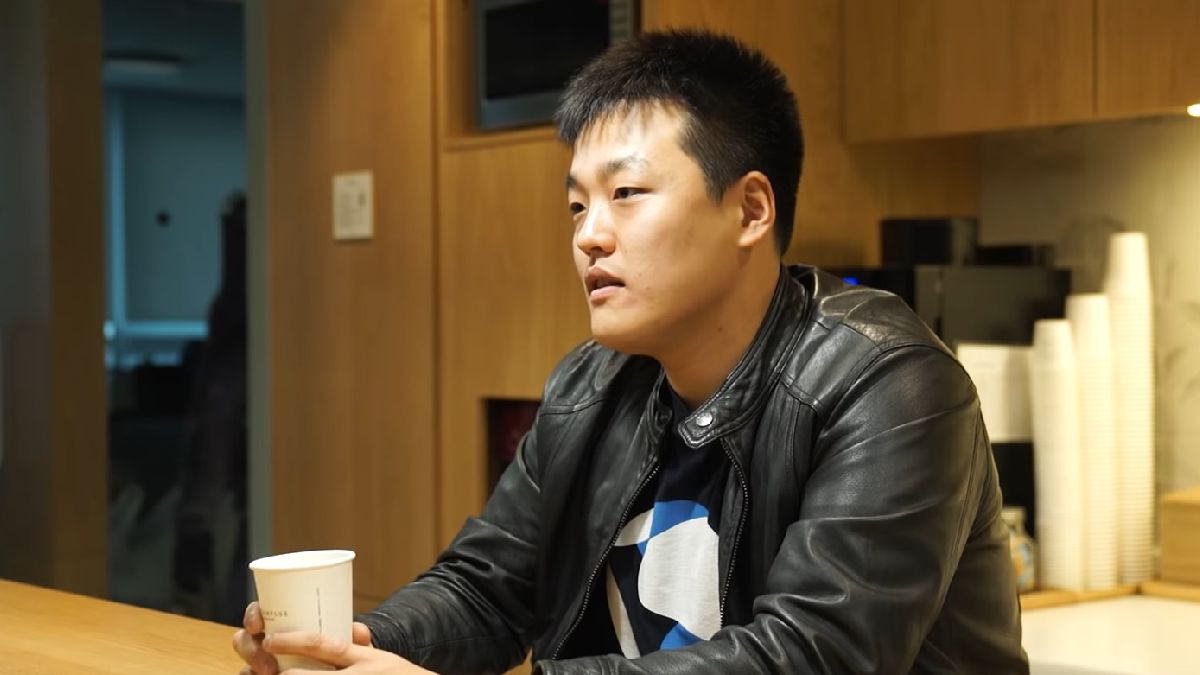Do Kwon, the cryptocurrency entrepreneur behind two digital currencies that lost an estimated $40 billion (nearly Rs. 3,28,500 crore) or more last year, has been charged with fraud by US prosecutors.
An eight-count indictment against Kwon was made public in the US District Court in Manhattan, several hours after news of his arrest earlier Thursday in Montenegro.
Lawyers for Kwon in the United States did not immediately respond to requests for comment after business hours.
Thursday’s indictment charges Kwon, a South Korean national who co-founded Terraform Labs and developed the TerraUSD and Luna currencies, with two counts each of securities fraud, wire fraud, commodities fraud and conspiracy.
The criminal case follows related US Securities and Exchange Commission civil charges against Kwon and Terraform last month.
Kwon had been a fugitive for several months, and South Korean authorities issued an arrest warrant for him last September.
South Korean police said on Friday that the identity of the suspect arrested in Montenegro had been confirmed as Kwon after his fingerprints matched the information held by the country’s National Police Agency (KNPA).
“This has been shared with the Seoul Southern District Prosecutors’ Office and Interpol in Montenegro,” one official at the KNPA said.
Prosecutors will work with other institutions to carry out a swift repatriation, a spokesperson for the country’s prosecution service said.
Montenegro’s interior ministry said police detained a person thought to be Kwon and a second suspect, who were trying to board a flight to Dubai at Podgorica airport.
Police found forged passports of Costa Rica and Belgium during the encounter, the ministry said.
“The person is suspected of being one of the most wanted fugitives, South Korean national Do Kwon, a co-founder and CEO of the Singapore-based Terraform Labs,” Interior Minister Filip Adzic wrote on Twitter.
“The former cryptocurrency king who is behind losses of over $40 billion, has been apprehended at the Podgorica airport with forged documents,” Adzic added.
TerraUSD was a so-called “stablecoin” designed to maintain a constant $1 price, while Luna’s value fluctuated.
But authorities have said TerraUSD and Luna were paired, such that a decline in one could take down the other.
They also said Kwon misrepresented the stability of TerraUSD, once among the top 10 cryptocurrencies by market value.
Both currencies crashed last May, with TerraUSD’s price sinking to less than one penny.
In its civil case, the SEC accused Kwon and Terraform of “orchestrating a multi-billion dollar crypto asset securities fraud.
“We also allege that they committed fraud by repeating false and misleading statements to build trust before causing devastating losses for investors,” SEC Chair Gary Gensler said in a statement at the time.
© Thomson Reuters 2023
Check out our Latest News and Follow us at Facebook
Original Source

